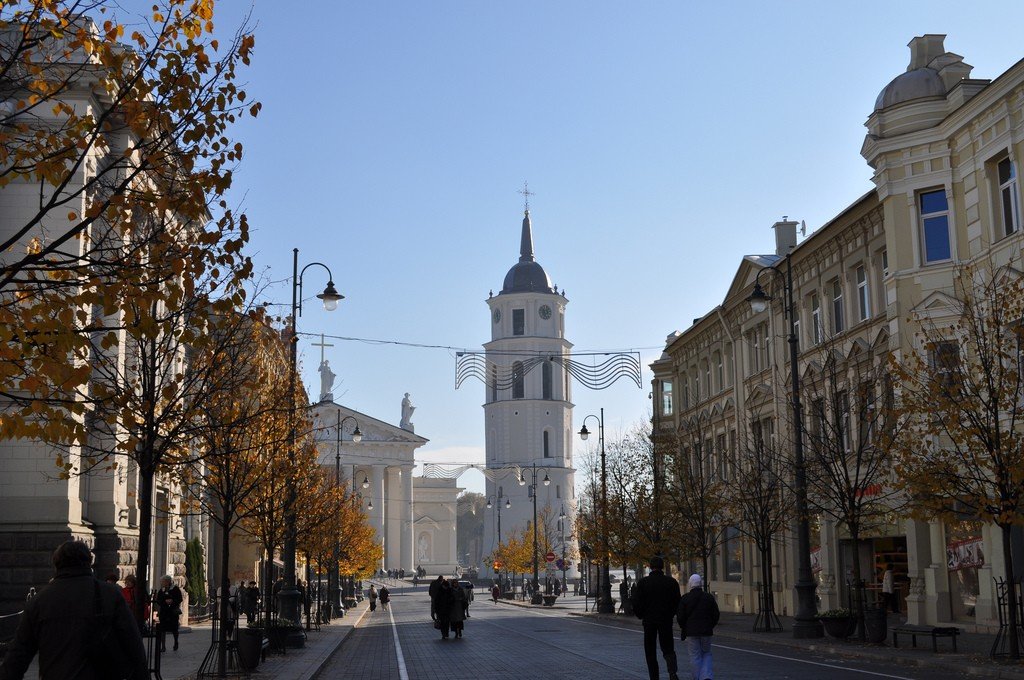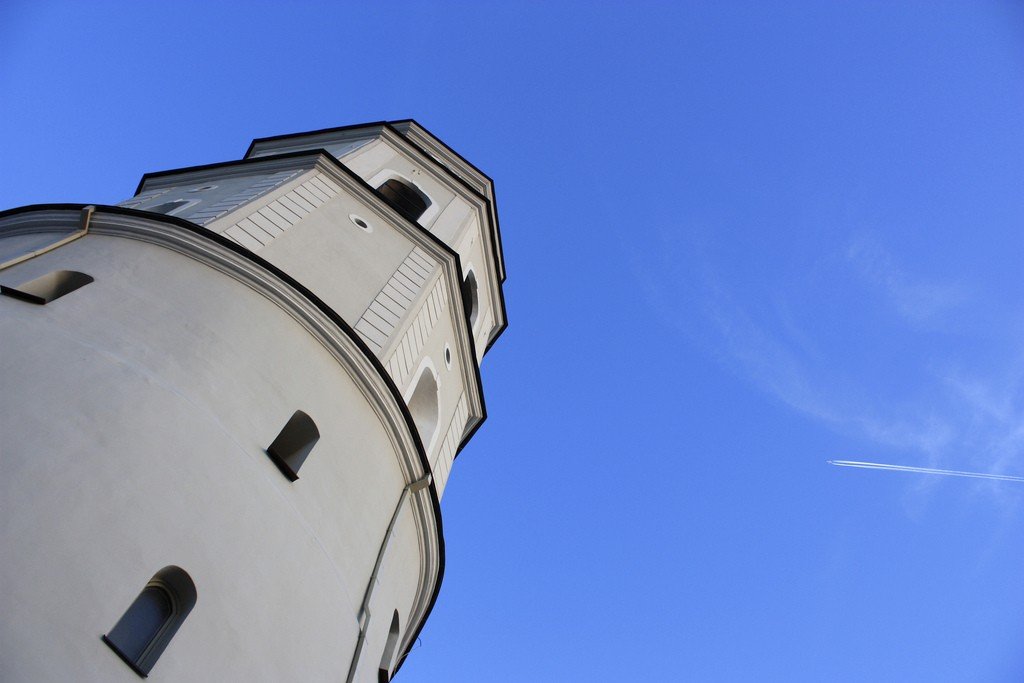St. Stanislaus Cathedral
St. Stanislaus Cathedral is one of the most famous and significant buildings in Vilnius. It is also the name of the square where the cathedral is located. It is a favorite meeting place for Vilnius residents and visitors. The square was considered sacred in pagan times. A sacred fire or altar was located here.










General information
Historians believe that Grand Duke Mindaugas built the first cathedral on this site right after his baptism in 1251. The building you see now was built in 1419, but since then it has been rebuilt and repaired many times after fires and destruction, so it is decorated with Renaissance and Baroque elements.
.Much of what we see today was done by the leading architect of his time, Laurynas Stuoka-Gutsevicius (1753-1798), after a terrible storm in 1769 destroyed the south tower of the facade. In the 1950s, the cathedral as a religious center was closed, and the building was used as an art gallery and venue for organ concerts.
.
There are 11 chapels in the cathedral. Of particular interest is the Chapel of St. Casimir, decorated in the High Baroque style in 1636.
It contains a silver casket with the relics of Lithuania’s patron saint.The Volovici Chapel is a true work of art. Originally the sarcophagus of St. Casimir was placed there, but in 1636 it was moved to a separate chapel. The statue of St. Casimir is installed on the roof of the cathedral, where there are also sculptures of St. Stanislaus and St. Helen. One can only admire the magnificent work of the restorers, who had to work from photographs, as the original statues were broken in 1950.
.The bell tower is a freestanding building 57 meters high. The bell tower was originally built as a fortress tower of the Lower Castle. The base of the tower dates back to the 13th century and the middle part to the 14th century. The tower was converted into a bell tower in 1522. The design has Baroque (first two tiers) and Classical (third tier) elements, but despite this, the bell tower looks quite harmonious. Ten bells were cast in the period from the XVI to the XVIII century. Famous masters worked on them. In 1967, 17 new bells were added to the bell tower, and in 2002, six more bells were added. Be sure to listen to the chime of the bells, which is heard every 15 minutes. Near the bell tower, residents of the city like to gather, especially young lovers.
An impressive monument to the city’s founder Gediminas is set in the southeastern part of the square. The statue looks quite dramatic against the darkening sky.
Right behind the cathedral, on the site of the Royal Palace, which was demolished in 1801, an exact copy of it was built. In 2009, the city’s millennium was celebrated lavishly in the still unfinished palace.
Katedros Aikste, 1. Tel: (5)261-11-27.
.